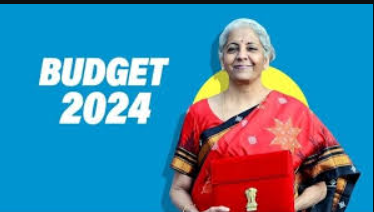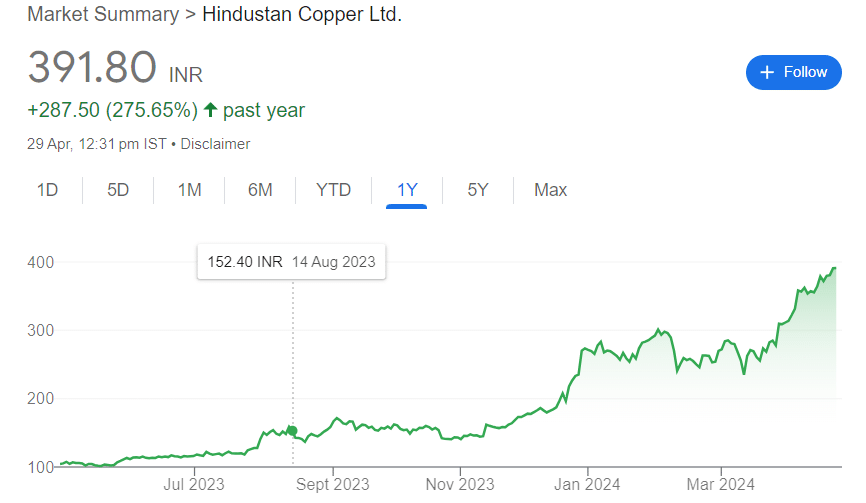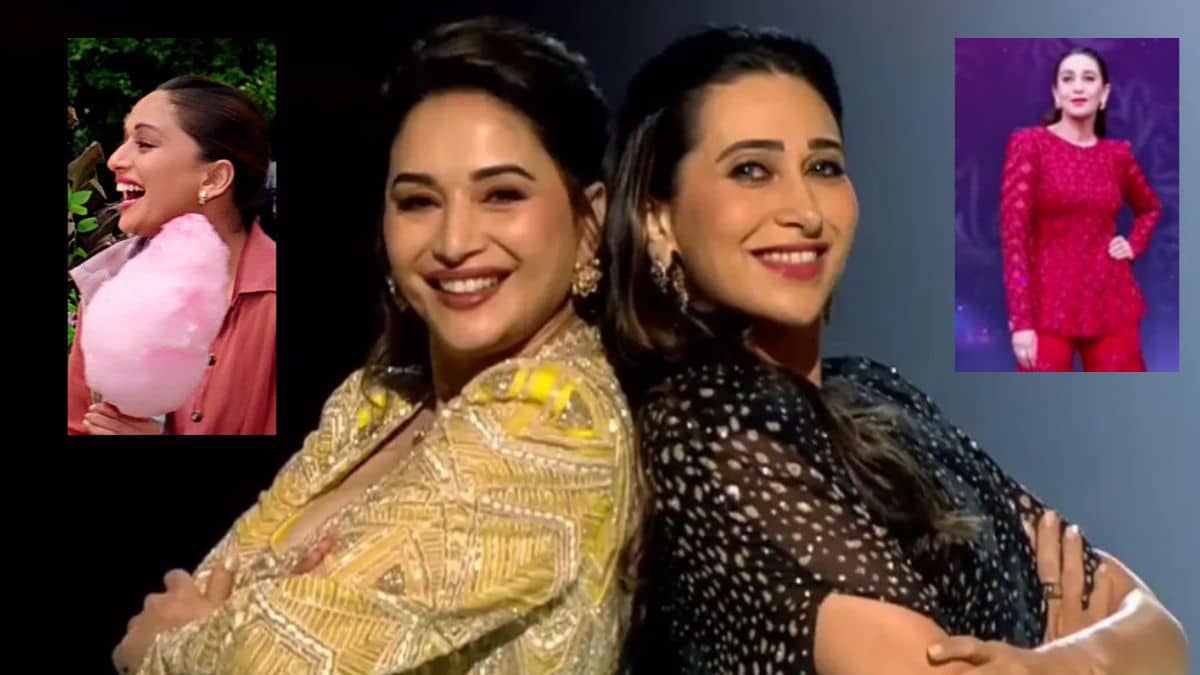The Devil Wears Prada: Delve into why Anne Hathaway’s performance in “The Devil Wears Prada” continues to captivate audiences, exploring themes of transformation, mentorship, and the enduring allure of high fashion.
also read: Simi Garewal An Elegant Actress Makes An Appearance In Which Stunning Reel
Introduction: The Devil Wears Prada
In the annals of modern cinema, few films have left as enduring a mark on audiences as “The Devil Wears Prada.” Directed by David Frankel and based on the 2003 novel by Lauren Weisberger, the movie captivated viewers with its compelling narrative, stellar performances, and insightful exploration of the cutthroat world of high fashion. As we approach nearly two decades since its release, it’s worth reflecting on why Anne Hathaway’s portrayal of Andrea “Andy” Sachs continues to resonate with audiences worldwide.
The Devil Wears Prada
At its core, “The Devil Wears Prada” is a story of transformation and self-discovery. Hathaway’s character, Andy, undergoes a profound evolution from an uncertain newcomer to a confident and empowered woman. This journey is both relatable and inspiring, reminding viewers of the importance of staying true to oneself in the face of adversity.
Central to the film’s appeal is the dynamic between Andy and her formidable boss, Miranda Priestly, portrayed with steely perfection by Meryl Streep. Miranda’s icy demeanor and exacting standards provide a sharp contrast to Andy’s idealism, creating tension that drives much of the narrative. Streep’s performance earned her widespread acclaim, including Academy Award and Golden Globe nominations, and remains one of the highlights of her illustrious career.
The film’s exploration of the fashion industry also struck a chord with audiences. Through Andy’s eyes, viewers are given a glimpse into the glamorous yet cutthroat world of high fashion, where every detail matters and competition is fierce. Memorable scenes, such as the iconic “cerulean sweater” monologue, highlight the industry’s obsession with trends and the power wielded by those at the top.
Furthermore, “The Devil Wears Prada” offers a nuanced portrayal of female ambition and mentorship. Despite Miranda’s demanding nature, there are moments of genuine mentorship between her and Andy, underscoring the complexity of their relationship. Miranda’s acknowledgment of Andy’s potential in the film’s poignant conclusion resonates deeply with audiences, reinforcing the idea that success often requires perseverance in the face of adversity.
The film’s enduring popularity is also evident in its cultural impact. From viral moments like Hathaway sitting next to Vogue’s Anna Wintour at a fashion show to its frequent references in popular culture, “The Devil Wears Prada” continues to captivate new generations of viewers. Its entry on the global Netflix chart serves as a testament to its enduring relevance and popularity.
Conclusion: The Devil Wears Prada
In conclusion, “The Devil Wears Prada” endures as a beloved classic due to its compelling story, stellar performances, and insightful exploration of themes such as ambition, mentorship, and self-discovery. Anne Hathaway’s portrayal of Andy Sachs remains a defining moment in her career, while Meryl Streep’s iconic turn as Miranda Priestly continues to mesmerize audiences. As we continue to revisit this timeless film, its message of staying true to oneself in the face of adversity remains as relevant as ever.
also read Anne Hathaway’s Hit 2006 Movie Climbs To Netflix’s Global Chart










